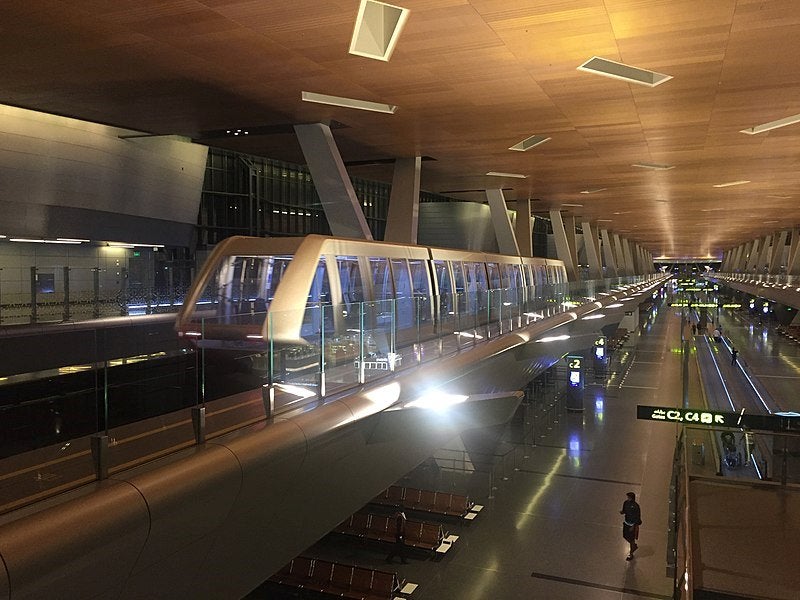
Qatar’s Hamad International Airport (HIA) served 38.79 million passengers last year, which is the highest number of passengers since its operations began in 2014.
The airport recorded a year-on-year (YoY) growth of 12.44% in terms of passenger numbers from 2018.
HIA added eight new passenger destinations to its global network last year. These were Davao in the Philippines, Rabat in Morocco, Izmir in Turkey, Gaborone in Botswana, Langkawi in Malaysia, Mogadishu in Somalia, Lisbon in Portugal and Malta.
Three cargo destinations were also added to the network at Istanbul in Turkey, New York in the US and Almaty in Kazakhstan.
Fifteen airlines, including Kuwait Airways, Salam Air, Philippine Airlines, Oman Air and Air India Express, increased their weekly flight services from the airport.
With Hamad International Airport welcoming two new airline partners, Air India and Tarco Aviation, it handled a total of 232,917 aircraft movements in 2019, which is an increase of 5.57% from 2018.
Hamad International Airport chief operating officer Badr Mohammed Al Meer said: “2019 has been a spectacular year for HIA, having broken our record for the most number of passengers ever served since commencing our operations.
“It was also an exciting year for the airport as the gateway to some of the world’s biggest sporting events, including the IAAF World Athletics Championships Doha 2019 and the FIFA Club World Cup Qatar 2019, which were successfully hosted by the State of Qatar.”
Last year, HIA announced its multi-phased airport expansion plan, which aims to increase the airport’s operational capacity as Qatar prepares to hold the 2022 World Cup.
Phase A will see a central concourse connecting concourses D and E and will increase the airport’s annual passenger handling capacity to more than 53 million by 2022.
Phase B will be completed after 2022 and will see the extension of concourses D and E, which will boost the airport’s annual passenger handling capacity to higher than 60 million.
In addition, the expansion project will feature a 10,000m² indoor tropical garden, a 268m² water feature, 11,720m² of landscaped retail and F&B space and 9,000m² of Al Mourjan lounge.
As well as self-check-in and self-bag-drop kiosks, the airport recently introduced ten automated security gates at the pre-immigration area, which enables passengers to scan their own boarding cards and proceed to immigration.



